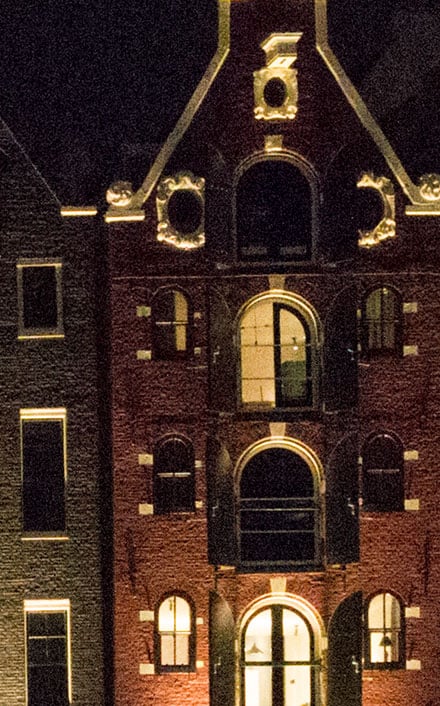
- #USER MANUAL FOR TOPAZ DENOISE AI FOR FREE#
- #USER MANUAL FOR TOPAZ DENOISE AI UPDATE#
- #USER MANUAL FOR TOPAZ DENOISE AI MANUAL#
Here's a short video showing the new features of the Comparison View. Link to get a free trial of (or just buy) Topaz Labs DeNoise AI Instead of walking through all of the steps in the little tutorial here, I want to just focus on the core things: 1. That involves sending a TIFF copy to DeNoise AI and use the improved Comparison View to choose the best model and settings. If the edited RAW file isn't affected by excessive noise, I'll follow my typical workflow of using Lightroom's "Edit in DeNoise AI" option. The next step is to sync the edits I made to the original RAW file to the DNG file and apply tweaks to match them up.
#USER MANUAL FOR TOPAZ DENOISE AI FOR FREE#
Buy for 79.99 Try for free DeNoise AI Photo MATT KLOSKOWSKI 'The noise removal performance of this software is almost like magic. I will then apply the RAW model, save the file, and import the newly created DNG output file back in Lightroom. Eliminate noise while recovering real detail to get the best possible image quality in your high-ISO and low light photos. If the photo suffers from excessive noise, I'll create a virtual copy or a new snapshot and send the unedited RAW file to DeNoise AI. It will go through a 9-part installation process and once it is finished you may exit the Topaz Software Manager. Once you have made your selections click ‘Start In- stallations’.
#USER MANUAL FOR TOPAZ DENOISE AI MANUAL#
Once I am close to wrapping up the edit, I'll take a close look to see how much noise is affecting the photo. User Manual Topaz Simplify Installation Then you will choose either 32-bit and/or 64-bit installation of Simplify. My workflow involves editing my "Pick" RAW files using Adobe Lightroom Classic first. Not every RAW photo needs to be sent to DeNoise AI at the beginning of your post-processing workflow. The real question worth asking is IF you should use the RAW model, and the answer is a bit more nuanced. That's when to use the RAW model, and you have to use supported RAW files. Fortunately, the answer is straightforward: you should use the RAW model at the very beginning of your post-processing workflow.

#USER MANUAL FOR TOPAZ DENOISE AI UPDATE#
I spent a lot of time reviewing all of the comments left on our DeNoise AI v3.3 update post and our social media channels, and one of the most common themes-and source of confusion-has to do with when to use the RAW model. I recommend reading this article to learn more about how and why we built the RAW model. Both of these file types are classified as compressed RGB files, and while DeNoise AI can do great things with them, there is so much more that we can do when we source the original RAW data. This workflow requires your DAM first to create a duplicate file, often a JPEG or TIFF. We've also loved seeing the noise-reduced photos you've shared with us online! We built the RAW model to deliver the cleanest possible noise reduction by changing the data we analyze.Typically, you'd import your RAW files into your digital asset manager (DAM), go through a curation process, edit your picks, and then send the noisier ones to DeNoise AI. We've been thrilled with all the positive (and constructive) feedback on the new RAW model recently introduced in DeNoise AI v3.3.


 0 kommentar(er)
0 kommentar(er)
